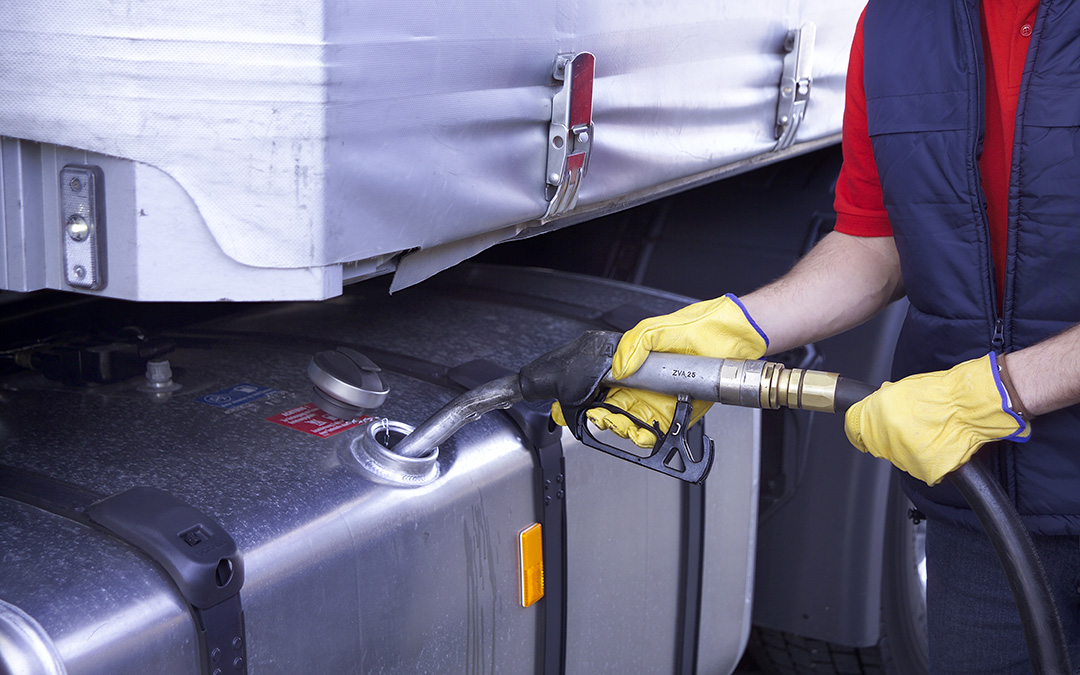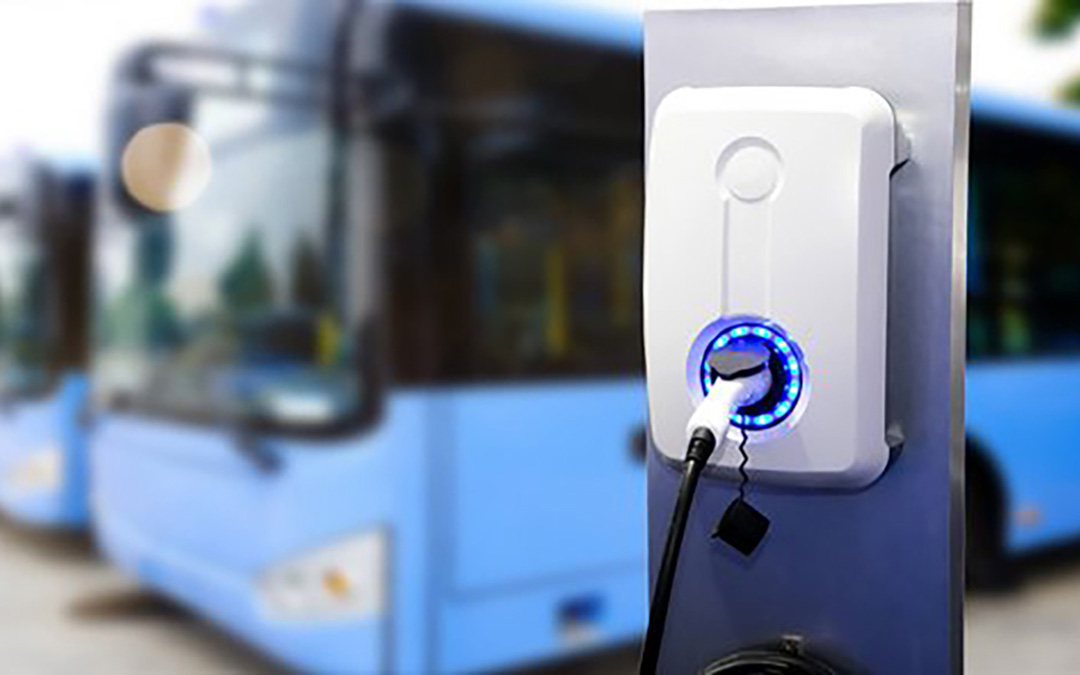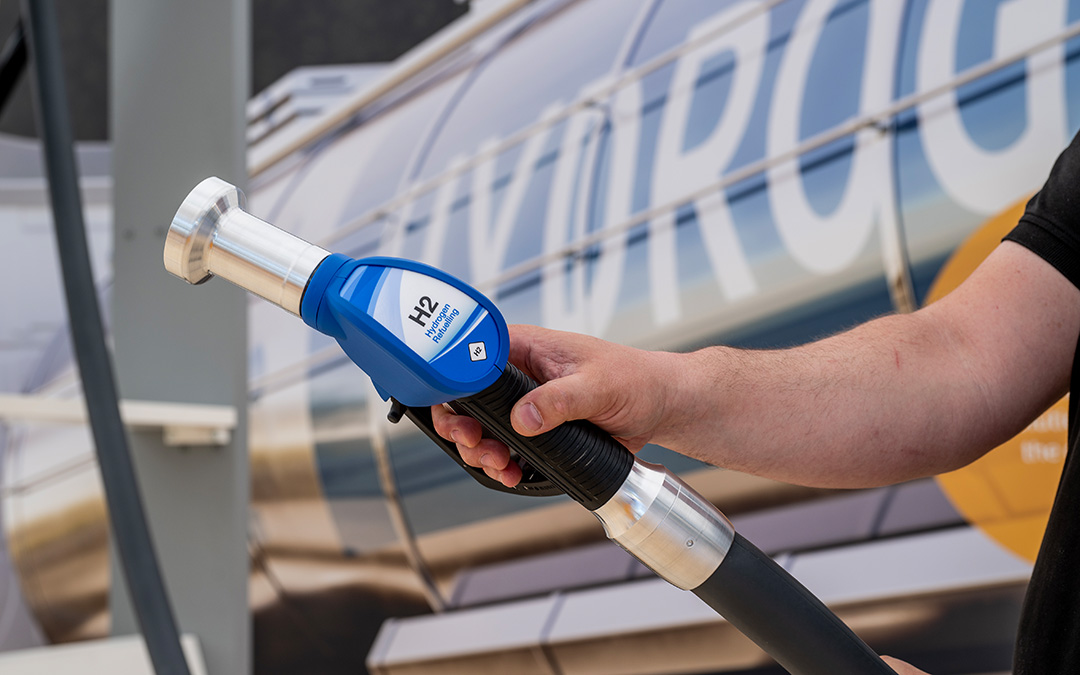If you want to continue to be successful in the future, you should start thinking strategically now about which drive concepts you want to rely on for future new purchases. We’ll tell you the best drive for each task and when an investment could pay off for you.
In view of increasing demands for efficiency, sustainability and cost control, it is crucial to keep track of current developments. Traditional diesel drives are under increasing pressure from regulations and high fuel costs. But what alternatives are available for the future?
Diesel drive: Still the standard
 Opportunities and future prospects for diesel drives. Photo: Continental
Opportunities and future prospects for diesel drives. Photo: Continental
Is it worth it?
For long-distance transportation and large commercial vehicles, the diesel engine is still the most economical choice today. The technology is mature, the infrastructure is available everywhere, and fuel prices are usually still affordable despite fluctuations.
Future potential
However, the diesel engine is becoming increasingly unattractive due to stricter emission standards and political requirements such as the EU target of CO₂ neutrality by 2050. In urban areas, more and more cities are restricting the use of diesel vehicles or banning them altogether. Diesel drives are therefore only a solution for the foreseeable future, especially in long-distance transportation and in regions without strict environmental regulations.
E Electric drives: pioneers in urban areas
 Opportunities and future prospects for electric drives. Photo: Continental
Opportunities and future prospects for electric drives. Photo: Continental
Is it worth it?
Electric trucks and vans have great potential, especially in urban areas and for short-distance transportation. Electric vehicles offer clear advantages for last-mile logistics and city traffic: low operating costs, low maintenance and zero local emissions. In addition, many countries have government subsidy programs and tax breaks for electrically powered commercial vehicles, which makes their operation even more economical. Nevertheless, the range of electric drives is currently still limited. This is why this technology is currently less attractive for long-distance transportation.
Future potential
A study by the International Council on Clean Transportation (ICCT) shows that medium and light electric trucks can already compete economically with diesel trucks, mainly due to lower operating costs. For heavy trucks in long-distance transport, the study expects them to achieve the same economic efficiency as diesel models between 2025 and 2026 at the latest. The cost driver here remains the purchase of the large batteries required.
Studies by the Netherlands Organization for Applied Scientific Research (TNO) and auditing consultancy PwC also come to the conclusion that battery electric vehicles could soon dominate long-distance transport. The range of battery-electric trucks will increase to up to 900 km by 2030, while charging times will be significantly shorter. According to the researchers, even long-haul e-trucks could probably become cheaper than diesel trucks from 2030. However, the prerequisite for efficient operation is that the charging infrastructure is expanded accordingly.
Challenges
Currently, the high acquisition costs and limited charging infrastructure are the biggest obstacles. As a fleet manager, you would do well to invest in the charging infrastructure yourself and analyze the issue of range in detail.
Fuel cells (hydrogen drive): The marathon contender
 Opportunities and future prospects of hydrogen propulsion. Photo: Continental
Opportunities and future prospects of hydrogen propulsion. Photo: Continental
Is it worth it?
For long-distance transportation, where long ranges are required, hydrogen drive could also be a model of the future. Fuel cell commercial vehicles have a greater range than battery-electric vehicles and can be refueled in just a few minutes -– a clear advantage over the long charging times of electric vehicles. This technology is suitable for large trucks that travel long distances, especially in regions with a good hydrogen infrastructure.
Future potential
The studies by ICCT and PwC also give this type of drive a good chance for success. Fuel cell trucks powered by green hydrogen are therefore an option for long-distance transportation in particular. They could keep pace with diesel trucks in terms of costs due to the expected fall in prices for green hydrogen from 2035. Compared to electric trucks, they are expected to have up to 20 % higher operating costs in the long term.
Challenges
Currently, the hydrogen infrastructure is still in its infancy and the price of green hydrogen (which is produced CO₂-neutrally) is high. However, the cost of hydrogen is expected to fall significantly over the next 10 to 15 years as demand increases and technology advances. Nonetheless, forecasts assume that hydrogen drives will only become really attractive in ten years’ time.
Biofuels and synthetic fuels: Transitional solution with potential
Is it worth it?
Biofuels such as biodiesel and synthetic fuels (e-fuels) are an alternative for companies that want to operate their existing diesel vehicles in a more environmentally friendly way. These fuels can be used in conventional combustion engines and produce significantly lower CO₂ emissions than fossil fuels. Synthetic fuels can be produced in a CO₂-neutral way, but are currently still very expensive.
Future potential
Proponents of this technology hope that synthetic fuels will be available in larger quantities and competitively priced from 2030. Biofuels and e-fuels could be an interesting, albeit expensive, interim solution for fleet managers who are already planning a gradual switch to CO₂-neutral drives in the coming years and want to continue using existing vehicles.
Challenges
The ICCT paints a rather gloomy picture for trucks that run on synthetic fuels. Even from 2030, they are likely to have a significantly higher total cost of ownership (TCO) than other zero-emission trucks. Hydrogen combustion engines also fare worse and will remain more expensive than battery-electric trucks in the long term.
Hybrid drives: flexibility as a strength
Is it worth it?
Hybrid trucks, which use both a combustion engine and an electric motor, are a bridging technology that combines the advantages – and at least some of the disadvantages – of both systems. This form of drive can be used efficiently both on long distances and in cities, as the electric drive reduces fuel consumption and emissions in urban areas.
Challenges
Hybrid systems are more complex to maintain and the purchase costs are higher than for pure diesel or electric vehicles. This technology could make sense for you in the coming years if your trucks are used on both urban and longer journeys, but you do not yet want to switch to pure electric or hydrogen drives.
Conclusion
- Electric vehicles already offer clear advantages on short and medium distances. They are particularly attractive for companies that want to benefit from low operating costs and emission-free vehicles and can accept the higher acquisition costs and the still inadequate charging infrastructure.
- For the time being, diesel remains an economical option for long distances. In the longer term, however, hydrogen could become the new standard. If you mainly travel long distances and want to remain competitive in 10 to 20 years’ time, you should closely follow the market entry of fuel cell trucks – and not completely ignore developments in electric drives.
- Transitional solutions: Biofuels and synthetic fuels offer you the opportunity to improve your carbon footprint without switching to completely new technologies. Do you still have a lot of older vehicles in your fleet? Then this may be an attractive option for you.
Which drive concept suits you best therefore depends heavily on your area of application, your investment options and your long-term business goals. In any case, you should keep a close eye on technological developments so that you can make the switch in good time and balance your costs with increasing environmental requirements.


0 Comments